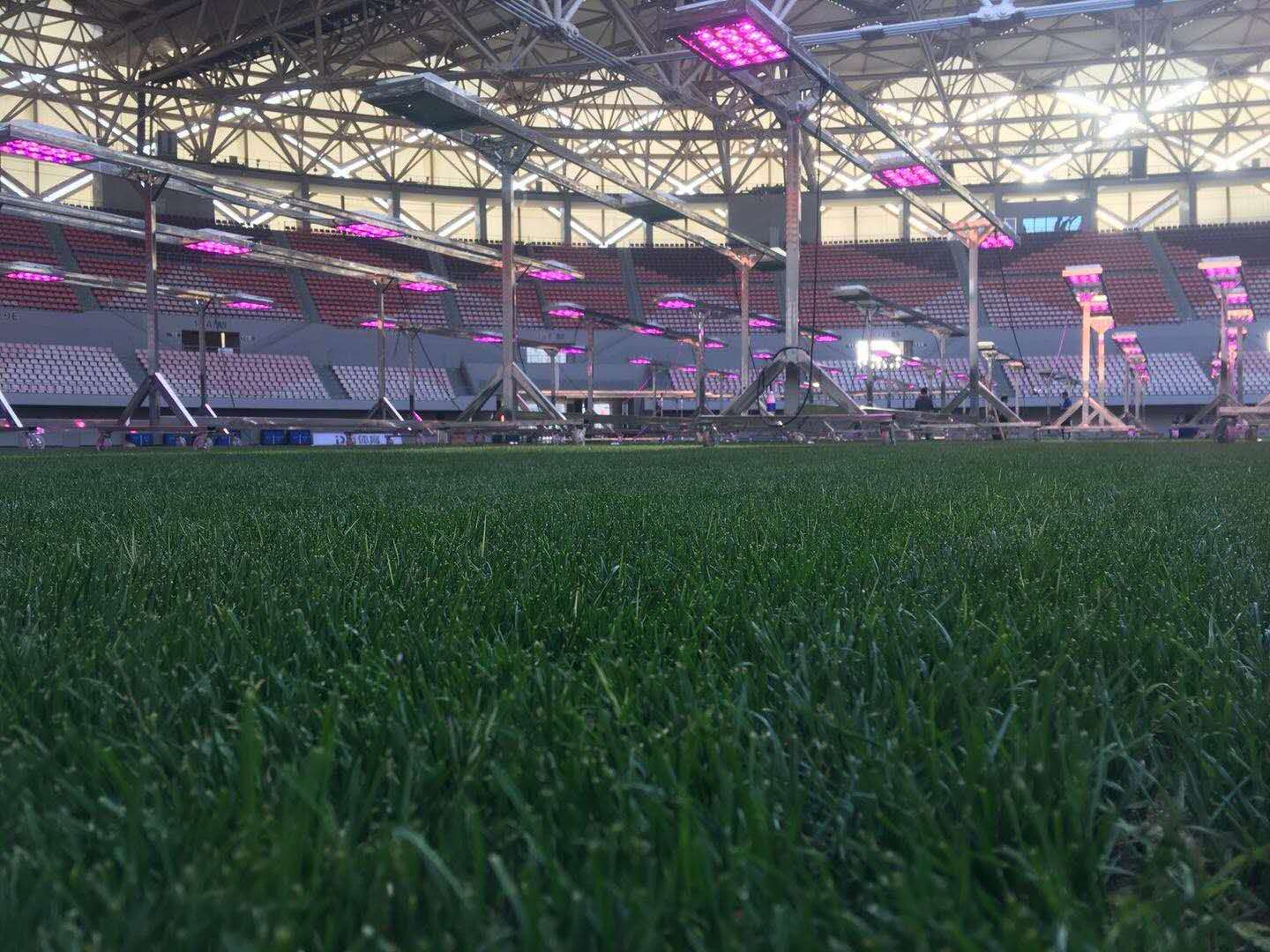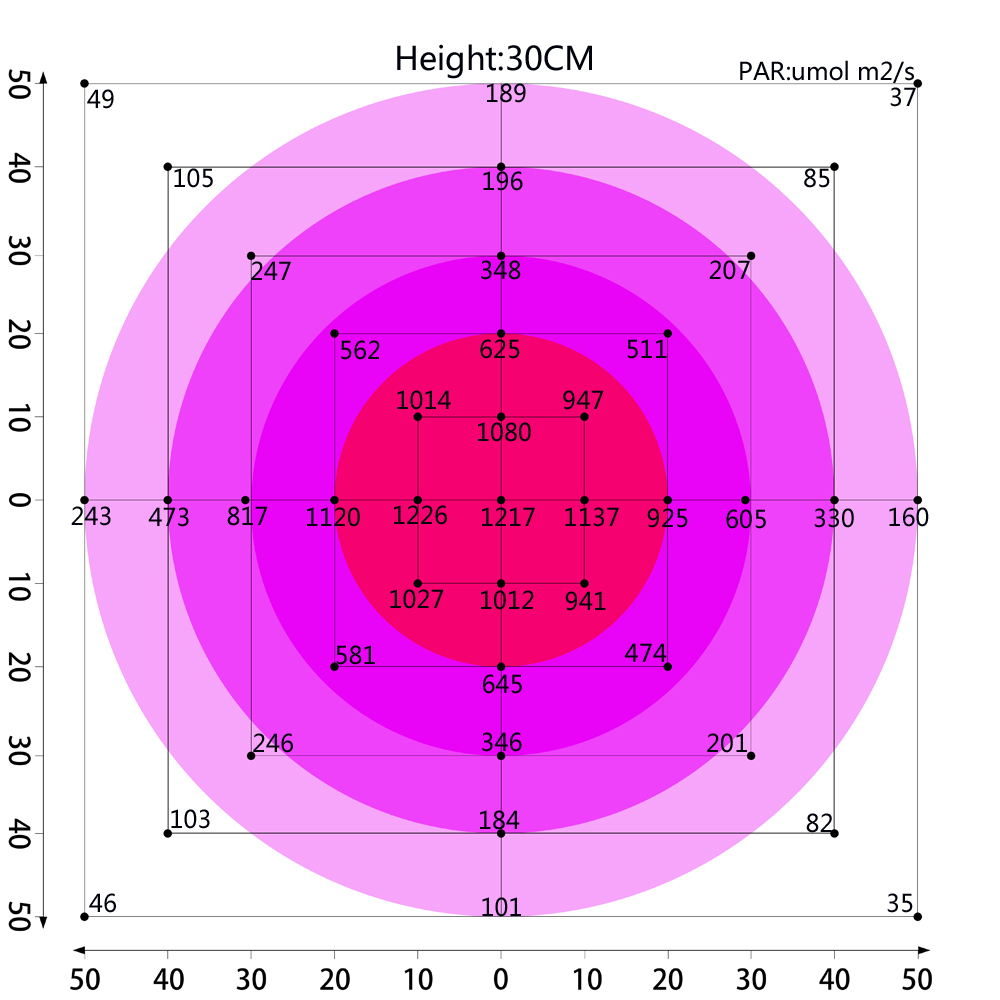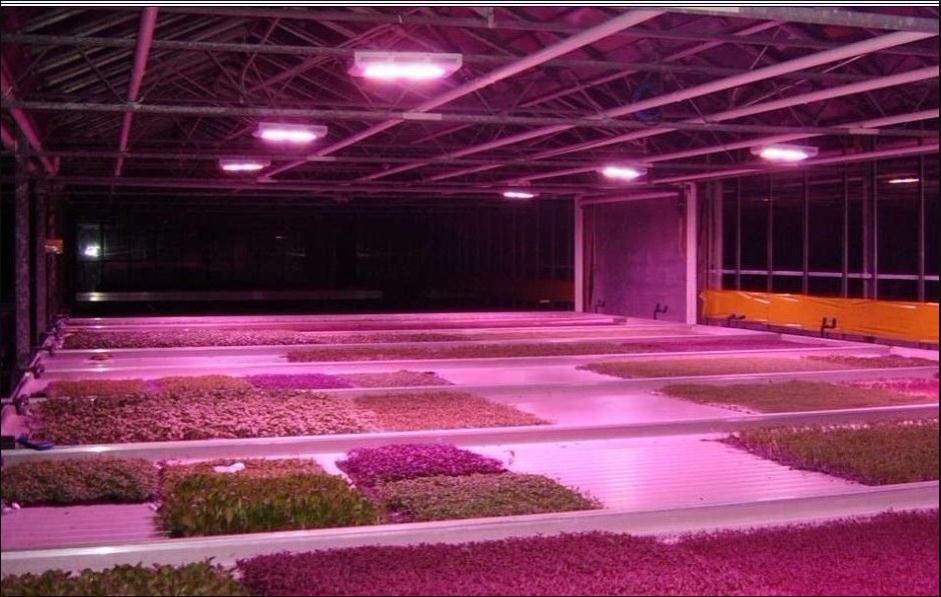PPFD, PAR Parameters And Unit Analysis Of Grow Light
Writer:Jane Time:2021-06-28 Browse:167

The research basis of light is spectrum. The application quality of light needs spectral analysis, and the spectrum of LED plant lamp is particularly important.
Plants need sunlight to grow and flourish. The effect of light on plant growth is to promote chlorophyll absorption of nutrients such as carbon dioxide and water and synthesis of carbohydrates. However, modern science can enable plants to grow better in places without the sun. People have mastered the internal principle that plants need the sun, which is the photosynthesis of leaves. During the photosynthesis of leaves, external photons are needed to stimulate the whole process of photosynthesis.
Plant light spectrum technology is an important point of connection between planting equipment and planting process. The design and manufacture of plant lamp is to ensure that the light quality required by planting process can achieve the best efficiency. These characteristics of plant lamp determine the complexity and diversity of plant light spectrum design.
Understanding the parameters of plant lamp is very important for the application and communication of plant lamp. Let's understand the parameters and units of plant lamp.
Moles(mol)
When describing the basic units composed of matter, such as molecule, ion, light quantum, etc., the molar quantity is usually expressed as a basic quantity composed of 6.022EXP(23) basic particles of matter. The unit is: Moles, the number of photons in plant photosynthesis is also expressed in moles. One photon mole (mol) contains 6.022EXP(23) photons. Due to the large unit of moles in plant photosynthesis, many parameters are expressed in micromoles.
1 mol = 1000000 umol
1 umol contains 60 trillion photons.
PAR
Photosynthetic Active Radiation
The specific wavelength range (400-700nm) of radiation that plants use for photosynthesis is called photosynthetically active radiation, and there are two types of labeling units:
The first is expressed by photosynthetic irradiance (W /m2), which is mainly used for the general study of sunlight photosynthesis.
The other is expressed by the photosynthetic photon flux density PPFD (umol/m2s), which is mainly used for the study of photosynthesis of plants by artificial light source and sunlight.
The radiating capacity of the source is represented by the photonic flow per second to the plant surface and is called PPF_PAR method.
PAR accounts for about 50% of the total solar radiation, and it is important to note that photosynthetic irradiance is a unit that does not reflect the effects of wavelength.
PPF
Photosynthetic Photon Flux is the number of micromoles of photons emitted by an artificial light source per second (umol/s) at wavelengths ranging from 400 to 700nm.
PPFD
Photosynthetic Photon Flux Density (PPF) is the number of micromoles emitted per square meter per second from the light source. The unit of umol/m2s is the concept of Density.
PPFD is the PPF in the area of one square meter.
PPFD is a physical quantity related to radiation distance, which is inversely proportional to the square of the irradiation distance.
1PPFD is the number of photons emitted at 1 micromole per second on a surface of 1 square meter.
So how big is 1umol per m2s, that means there are 6 photons in 10 square nanometers.
YPF
Yield Photon Flux (Yield Photon Flux)
The number of micromoles of photons emitted per second in umol/s over the wavelength range emitted by an artificial light source. The band is usually considered to be 360-760nm, and for LED light sources, the wavelength range is set to 380-800nm.
YPFD
Yield photon flux density
YPF corresponds to the number of micromoles per second of radiation per square meter, umol/m2s, which is the concept of density.
YPFD is YPF over one square meter.
YPFD is a physical quantity related to radiation distance, which is inversely proportional to the square of the irradiated distance.
YPFD can more accurately express the light quantity of LED plant lighting quality.
For red and blue spectra, YPF=PPF, and other spectra PPF
The difference between a PAR and a PPFD is that a PAR is a physical concept, while a PPFD is a unit of this physical concept.
Relationship between PPFD and PPF: PPFD is the basic quantity obtained from the planting process parameters, and PPF is the main parameter of lamp manufacturing.
In order to clearly understand the three concepts of radiation, lighting and plant photosynthesis, we have made tables related to them. The results show that for the same PPF light source, the relationship between installation height and PPFD is that when installation height increases, PPFD decreases at a rate of 2.


